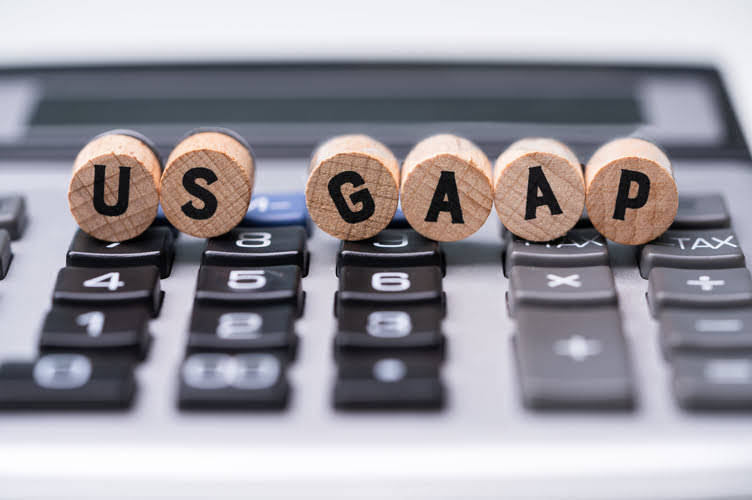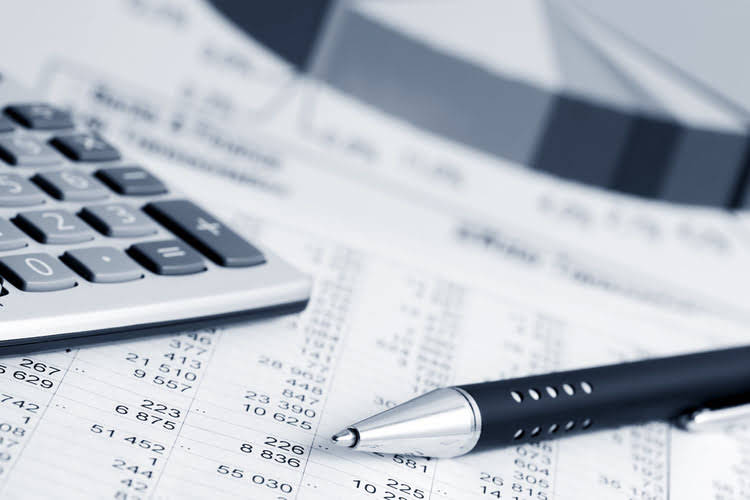
For example, in a 2-for-1 stock split, a shareholder with 100 shares priced at $50 each will post-split own 200 shares priced at $25 each. These adjustments maintain consistency in EPS calculations across reporting periods. A company’s outstanding share count is not static and can change over time due to various corporate actions.

Preferred Shares
The downside of the preferred stock is that preferred stockholders do not have a right to vote. Shareholder equity, often referred to as stockholders’ equity or net worth, represents the residual claim on a company’s assets after all liabilities have been paid. It’s a crucial element in understanding a company’s financial health and the value of its shares. This is a critical concept for investors to grasp, as it can significantly impact the value of your investment. Dilution occurs when a company issues new shares, increasing the total number of shares outstanding.

Factors Affecting Shares Outstanding
Treasury stock consists of shares the company has repurchased from the open market. These repurchased shares are no longer considered outstanding, do not carry voting rights, and are not entitled to dividends. The calculation for shares outstanding is total issued shares minus treasury shares. It is more accurate to use a weighted average number of common https://asinnovationsac.com/law-firm-accounting-and-bookkeeping-best-practices-2/ shares over the reporting term because the number of shares can change over time. Understanding how to find EPS is crucial for evaluating a company’s profitability.
How to Calculate Earnings Per Share
Floating stock is a narrower way of analyzing a company’s stock by shares. It excludes closely held shares, which are stock shares held by company insiders or controlling investors. These types of investors typically include officers, directors, and company foundations. The outstanding shares figure is useful to know for an investor that is contemplating buying shares in a company. EPS offers investors a quick and often satisfactory way to measure a company’s profitability compared to previous quarters and other companies in the same sector. But even the best financial metrics can mislead on their own, and EPS is no different.

You can also find the company’s balance sheet in its annual report, which can often be found on the company’s website. Finally, outstanding shares are different than authorized shares, or the number of shares that a corporation is legally allowed to issue. Outstanding stocks are the shares that are actually already out on the market. Here, the balance sheet reports 8,019 million shares issued and 3,901 million treasury shares, as of September 30, 2022. Shares outstanding is a financial number that represents all the shares of a company’s stock that shareholders, including investors and employees, currently own. Retained Earnings represents the cumulative profits a company how to calculate outstanding shares of common stock has kept within the business since its inception, rather than distributing them as dividends.
- If you know the market cap of a company and its share price, then figuring out the number of outstanding shares is easy.
- The par value, when it does exist, is usually a very small amount (like $0.01) and doesn’t reflect the true worth of the share.
- From basics of stock market, technical analysis, options trading, Strike covers everything you need as a trader.
- Outstanding shares of stock refers to the common stock issued by a corporation that is owned by investors other than the corporation itself.
- Common Stockholders are the company’s owners; they earn voting rights and are eligible for dividends.
- The weighted average number of shares outstanding means the equivalent number of whole shares that remain outstanding during a particular period.
This includes the potential impact of financial instruments that could convert into common stock. This calculation offers investors a conservative estimate of ownership and earnings per share, considering all possible future shares. Corporate events such Bookkeeping vs. Accounting as mergers, acquisitions, stock splits, and dividends can significantly alter a company’s share structure, requiring adjustments in the calculation.
- Common stock on the balance sheet doesn’t have to be a mystery fit only for financial wizards.
- As you can see there is a heavy focus on financial modeling, finance, Excel, business valuation, budgeting/forecasting, PowerPoint presentations, accounting and business strategy.
- Once you’ve located the company’s balance sheet, find the line item for preferred stock.
- Similarly, if it uses the financial statements of one or more proir periods for comparison purpose, the shares for those periods must also be restated in the same way.
- You can find these numbers in the balance sheet and income statements produced by the company each quarter.
- There is a relationship between authorized and outstanding shares, although they represent different characteristics of a company’s stock.

Stock dividends also transfer amounts from Retained Earnings to Common Stock and Additional Paid-in Capital. Another metric calculated using shares outstanding is the price-to-book (P/B) ratio. Issued shares are those given out in exchange for money to investors or as compensation for work or supplies one does or provides for the company to employees and suppliers. While people tend to confuse them with shares outstanding, they are not completely similar. Suppose ABC Corporation reports the capital stock amount as $3 million with a par value of $2 per share.
What Is Rolling EPS
- Understanding this distinction is important because it gives insight into a company’s potential for future dilution (which we’ll discuss later).
- In other words, as in this example, those shares would not be counted if they improve results, which happens most frequently (though not invariably) when the company is not profitable.
- Private companies are generally not required to report EPS unless mandated by lenders, investors, or regulators.
- The first step is identifying changes in the number of shares outstanding during the reporting period.
- The “% Weight” for each period is 25%, since each time period represents a quarter of the fiscal year.
- The importance of EPS becomes clear when we compare the number to past earnings reports or other companies in the sector.
Suppose we’re tasked with calculating the weighted average shares outstanding of a public company for the fiscal year ending 2021. If the beginning or ending share count were used, there would be a mismatch in the timing between the numerator (which typically spans the full fiscal year) and the denominator. Therefore, the misalignment in timing must be rectified by using the weighted average shares outstanding in the earning per share (EPS) calculation. Another place to get information on issued shares is the balance sheet. In particular, when a company issues stock that has a par value, the balance sheet will typically have numbers you can use to calculate issued shares.
